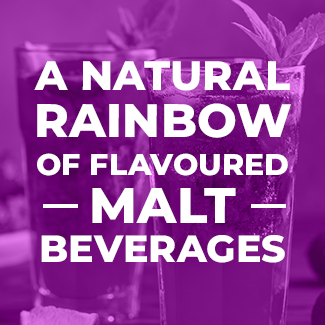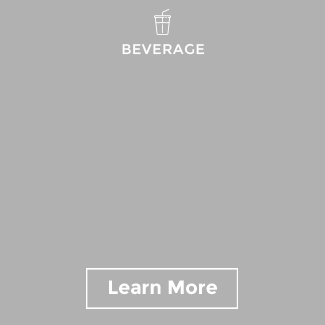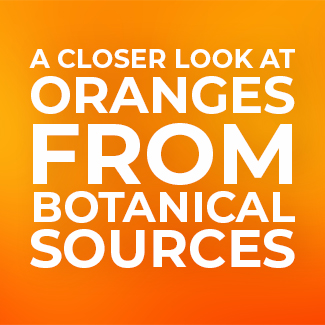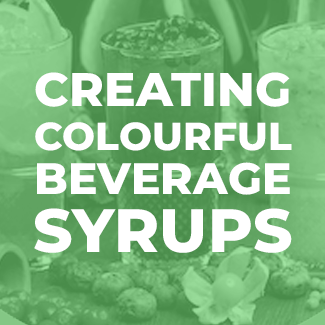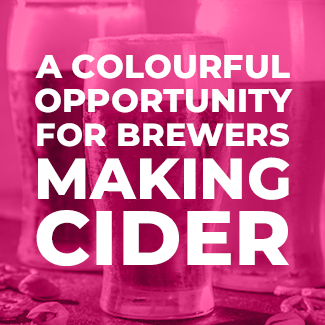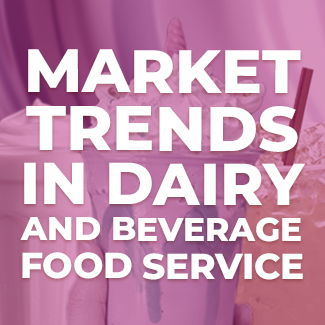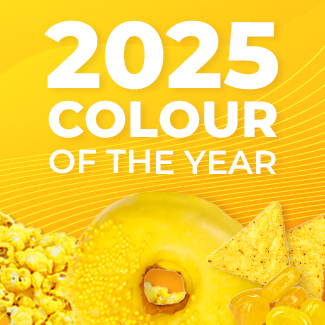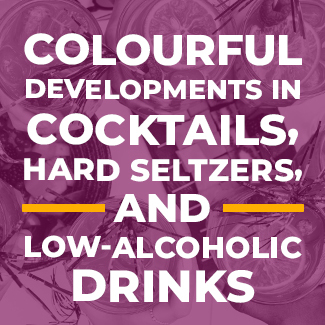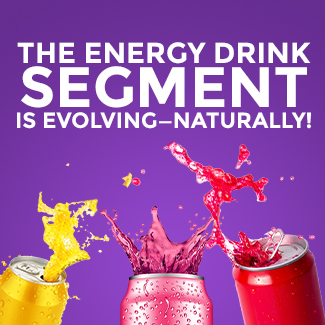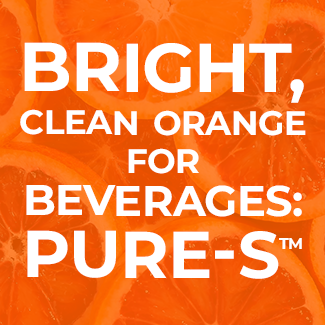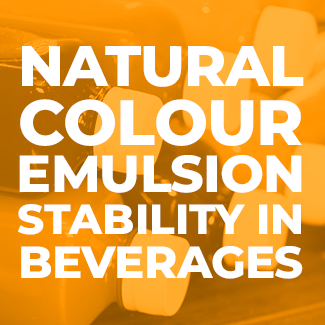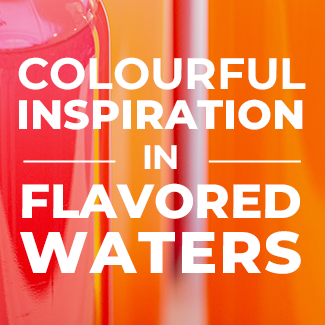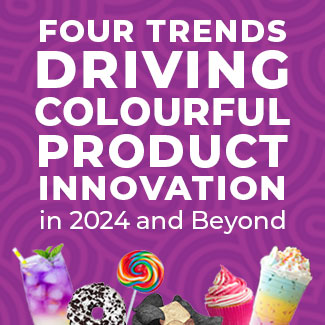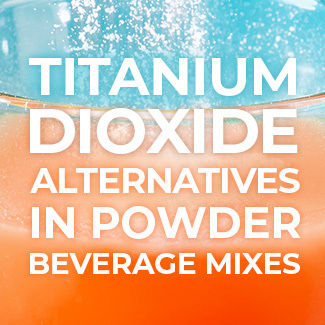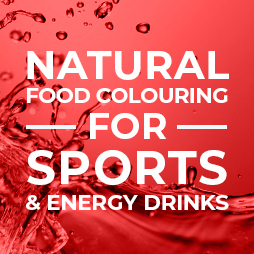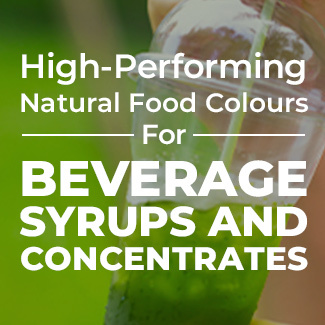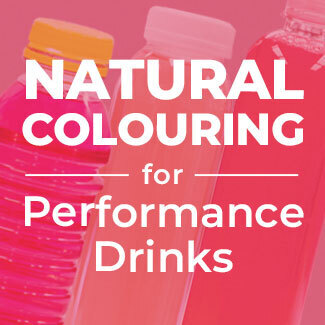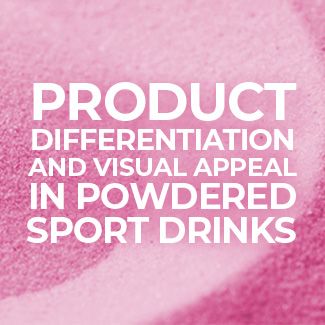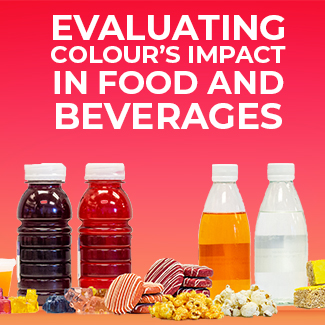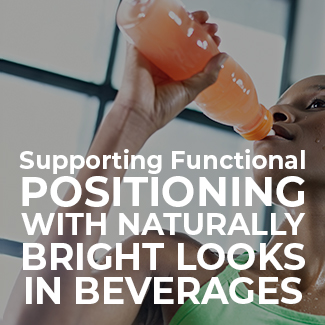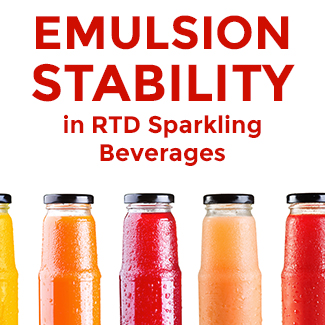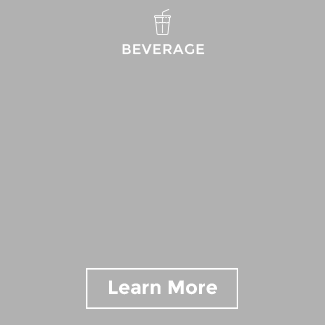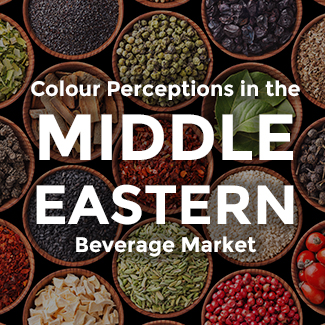Consumer Trends in Beer & Ciders
In the dynamic European drinks market tradition meets innovation in alcoholic drinks, and the realm of beer and cider continues to evolve. Historically, beer is one of the most popular alcoholic drinks globally and it remains to be the leading alcoholic beverage consumed in Europe by volume.
Yet overall consumption has been fairly flat since 2017. Innovation in the beer and cider market is mainly pivoting around new packaging and limited-edition flavours, and low- and no-alcohol options gain share of launch activity. Another notable trend influences new product development that blurs the boundaries between different types of alcohol that opens up more possibilities to consumers and innovators alike.
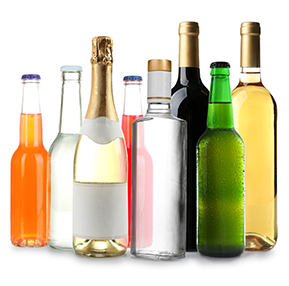
Flavour’s Impact on Low/No
Alcohol Trend in Beer
Drinking alcohol in moderation continues to be equally appealing and trendy for consumers, and the market for low and no-alcoholic drinks is dominated by beer-based products. These NOLO beers are yet to unleash their full potential, and brands have the great opportunity to elaborate in the segment.
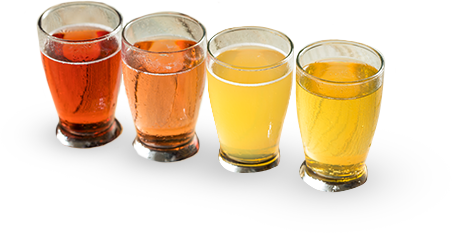
Recipes for traditional drinks mixing beer with soft drinks, such as Shandy, Radler, Monaco, or Clara, depending on where you are located within Europe, continue to present further opportunity for brands to drive customer engagement, with e.g. pre-mixed versions of the above.
Lower alcoholic drinks remain a theme in new product launches, and the market attracts new entrants. 45% of non- or infrequent drinkers in UK market, identify alcohol moderation or avoidance as the main reason for not drinking beer. Yet only a small number of those avoiding alcohol opt for the low- and non-alcoholic beers often doubting their taste. Only 42% of drinkers considering these options as enjoyable as regular beer. Beer brands have the opportunity to persist in enhancing its taste profiles and effectively communicate these improvements.
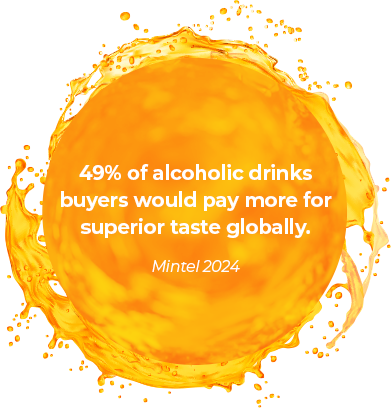
European Consumers Are Eager To Explore New Flavours From Cider Brands
A distinct flavour profile built with subtle notes contributed by specific apple types used often captivates and offers them a sense of value. Yet many cider enthusiasts love to explore fresh and intriguing flavour blends created by incorporating various fruits, herbs, spices, or other ingredients. 41% of German drinkers of alcoholic RTDs show interest in experimenting with alcoholic RTDs blended with herbs and spices. However, herbs and spices are only present in a small number of beer launches across Europe, lagging behind countries like the US and Australia.3
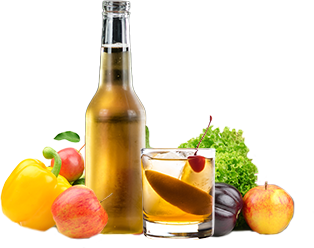
In Europe, cider brands in recent years have often been focusing fruit and vegetable flavours indicates a trend towards flavor diversification and preference for fruity additions that continues to increase. A more emerging trend like adding sweet cues borrowed from confectionery or cake flavors sees notable growth, yet overall remains niche to date.2
SEASONAL FLAVOURS
54% of cider drinkers in the UK say that ciders with seasonal flavours would encourage them to drink more2

Flavour Intensification & Diversification
Enticing flavours find their way into beer and cider innovation to captivate consumers’ senses through taste, texture, and aroma. Especially younger consumers tend to find more special beer types or beer cocktails more appealing. Exciting and sensory flavours in beer and ciders has many opportunities to drive premiumization and reveal untapped market potential.3
Whilst traditional beer types for the most part remain uncoloured, flavoured beer lives off a different sensory experience that is highly influenced by colour.
Whether it’s a spiked seltzer or hard tea, the malt beverage category continues to offer better-for-you, low alcoholic alternatives to spirits and beers.
Innovation with Colours – Naturally!
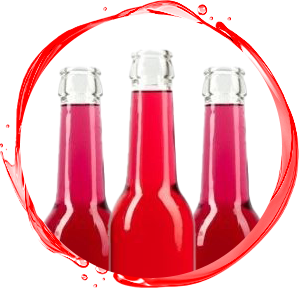
Delicious Red
Achieving vibrant reds require working on some parameters including low alcohol content and low pH. Black carrot can provide deep red shades in low pH malt beverages. Sensient’s black carrot solutions are an efficient cost-effective option thanks to Sensient’s Agronomy team’s dedicated work on pigment optimization.
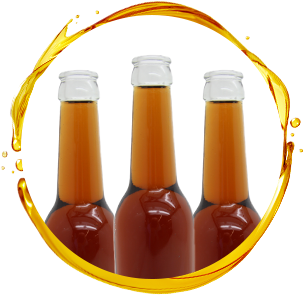
Golden Brown
Brown natural colour blends can provide caramel or hazelnut hues, but a more cost-effective alternative to blends is Natural Brown. Sensient’s Natural Brown is free from caramel that appeals to consumers looking for simpler ingredient labels.
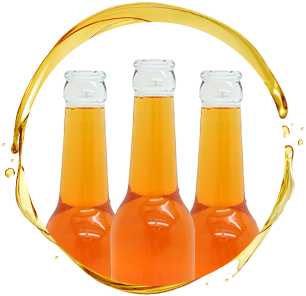
Tropical Inspiration
Creating lemon-like colour shades, Carthamus is a natural pigment that is naturally water soluble and suitable for low-alcoholic beverages. Working with naturally oil-soluble colouring ingredients, such as carotenoids, high-performing emulsions are required to ensure stability in application, and Sensient’s Advanced Emulsion Technology (AET™️) for a broader portfolio of yellow to orange colour hues is the perfect match.
For more orange shades, Colour from paprika extract produces the most brilliant orange shades in low pH applications, but it can also bring undesirable flavour off-notes to beverages. This should be a no problem with Sensient’s Pure-S™️ gentle purification technology that reduces and eliminates the paprika spice off-notes and odors so you can unleash the full potential of nature’s brightest oranges in malt beverage applications.




